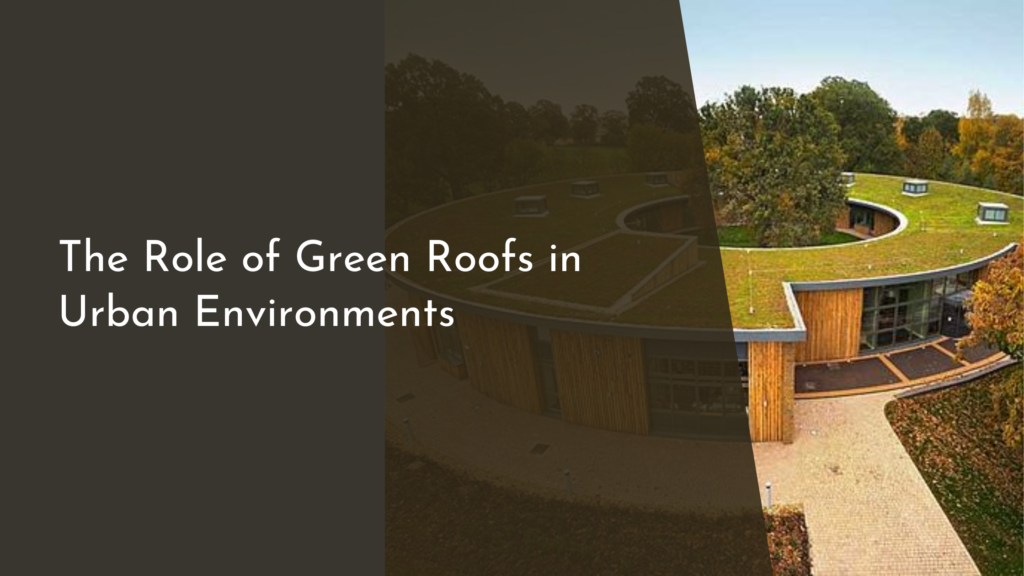Colombian Peace Parks: Post-Conflict Ecological Healing
Colombia, a country long scarred by decades of internal conflict, is now embracing a transformative journey towards peace and ecological restoration. The establishment of Peace Parks marks a significant turning point, where nature and humanity intersect to foster healing and resilience. These protected areas symbolize hope, offering a sanctuary not only for biodiversity but also for communities striving to rebuild their lives. As Colombia navigates this new era, the Peace Parks stand as beacons of harmony, illustrating how ecological restoration can play a crucial role in post-conflict recovery.
Discovering Colombian Peace Parks: A New Era of Harmony
The Colombian Peace Parks initiative represents a groundbreaking approach to reconciliation and environmental conservation. Established in regions formerly affected by violence, these parks aim to restore both the land and the social fabric of communities. By transforming conflict zones into protected areas, Colombia is taking a bold step towards sustainable development, allowing nature to flourish while fostering a sense of belonging among its citizens. The parks serve as a reminder that healing is possible, and they embody the spirit of collaboration that is essential for building a peaceful future.
In addition to promoting biodiversity, Colombian Peace Parks are designed to be inclusive spaces where local communities can engage in ecotourism and sustainable agriculture. This shift not only benefits the environment but also provides economic opportunities for those who have been marginalized by years of conflict. As people reconnect with their land, they rediscover a shared identity rooted in nature, paving the way for a more harmonious coexistence. The creation of these parks marks the beginning of a new chapter in Colombia’s history, one where peace and environmental stewardship go hand in hand.
Nature’s Comeback: Reviving Ecosystems in Conflict Zones
The ecological restoration efforts within Colombian Peace Parks are remarkable, showcasing nature’s resilience in the face of adversity. Many of these areas were heavily impacted by deforestation, mining, and agricultural expansion, which were often driven by armed conflict. However, with the establishment of these parks, a concerted effort is being made to rehabilitate ecosystems and reintroduce native species. This rejuvenation not only enhances biodiversity but also helps stabilize the soil and improve water quality, creating a healthier environment for both wildlife and people.
Moreover, the revitalization of these ecosystems serves as a powerful metaphor for the healing process taking place within communities. As flora and fauna reclaim their habitats, individuals witness the tangible benefits of environmental restoration, fostering a renewed sense of hope and purpose. The re-emergence of wildlife, such as the Andean condor and the jaguar, symbolizes the potential for recovery and resilience, inspiring local populations to engage actively in conservation efforts. Through this harmonious relationship between community and nature, Colombian Peace Parks are becoming sanctuaries of life and symbols of a brighter future.
Community Engagement: Healing Through Collective Action
At the heart of the Colombian Peace Parks initiative is the active involvement of local communities, which is crucial for fostering a sense of ownership and responsibility towards the environment. Various programs have been developed to encourage community members to participate in the management and conservation of the parks. Workshops, educational initiatives, and collaborative projects empower residents to share their knowledge and skills, creating a strong bond between people and the land. This collective action not only aids in the ecological restoration process but also strengthens social ties, promoting unity and resilience.
Furthermore, community engagement helps to address the traumas of the past by creating spaces for dialogue and healing. As individuals come together to work towards a common goal, they build trust and understanding, paving the way for reconciliation. The Peace Parks become venues for cultural expression, where traditional practices and sustainable livelihoods are celebrated and preserved. This sense of shared purpose fosters a vibrant community spirit, demonstrating that healing from conflict is not just about the absence of violence, but also about the presence of hope, collaboration, and love for the land.
A Bright Future: How Peace Parks Inspire Global Change
The success of Colombian Peace Parks serves as a powerful example for countries around the world grappling with the aftermath of conflict. By intertwining environmental restoration and community healing, these parks illustrate that sustainable development can be achieved even in the most challenging circumstances. The lessons learned from Colombia’s experience resonate globally, emphasizing the importance of integrating ecological health into post-conflict recovery strategies. As nations seek to rebuild, they can draw inspiration from Colombia’s commitment to fostering peace through nature.
Moreover, the Peace Parks initiative highlights the potential for collaboration among various stakeholders, including governments, NGOs, and local communities. This multi-faceted approach encourages innovative solutions to complex issues, showcasing the power of collective action in driving change. As the world grapples with pressing environmental challenges, such as climate change and biodiversity loss, the principles behind Colombia’s Peace Parks offer a hopeful vision for a sustainable future. By prioritizing ecological healing and community engagement, we can create a more harmonious world, one park at a time.
Colombian Peace Parks stand as a testament to the resilience of both nature and humanity. They remind us that, even in the wake of conflict, it is possible to cultivate harmony, restore ecosystems, and empower communities. As Colombia continues on this remarkable journey of healing, the world watches with hope and inspiration. The Peace Parks not only symbolize a new era for Colombia but also offer a blueprint for global change, proving that through collective action and a commitment to the environment, we can all contribute to a brighter, more peaceful future.

